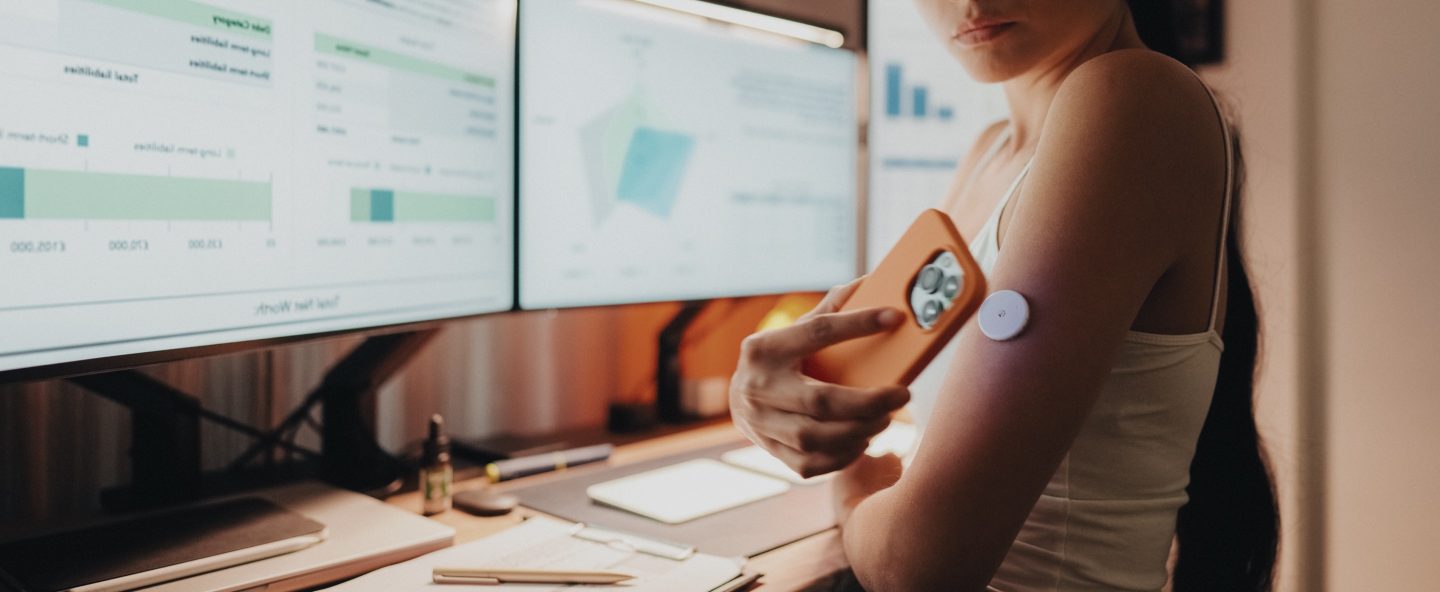Marcu G, Aizen R, Roth A, Lankenau S, Schwartz D. (2019). Advance online publication. Acceptability of smartphone applications for facilitating layperson naloxone administration during opioid overdoses. JAMIA Open. doi: 10.1093/jamiaopen/ooz068
Researchers recruited 19 individuals in Philadelphia through a harm-reduction agency, street intercepts, and a community-based street-outreach organization to participate in a qualitative study of the acceptability of a layperson naloxone administration smartphone application (app) for opioid overdose intervention. Participants owned a smartphone and had either misused prescription opioids and/or heroin at least 10 times in the past 30 days, or knew active, recovering, or deceased opioid users. A sociologist conducted 8 qualitative interviews and 3 focus groups composed of 2-3 participants each. To screen, train, and support responders, most participants voiced support for the integration of a layperson naloxone administration app into a preexisting service at a community-based organization. Participants expressed the greatest trust in other nonmedical opioid users and community members. Risk of police prosecution posed the most significant barrier to layperson overdose response since a location-based app could expose responders and overdose victims to police surveillance. To prevent police surveillance and theft by nefarious responders, participants recommended the app institute privacy measures and notify only vetted responders of overdose locations. About half of participants requested multiple responders for each overdose event to assuage safety concerns and improve intervention efficacy. Almost all participants considered the chance to save a life sufficient motivation for responders and opposed any form of in-app incentivization or compensation. Participant responses suggest that a layperson naloxone administration app may be useful in neighborhoods with high opioid overdose fatality rates and warrants further research and development.
